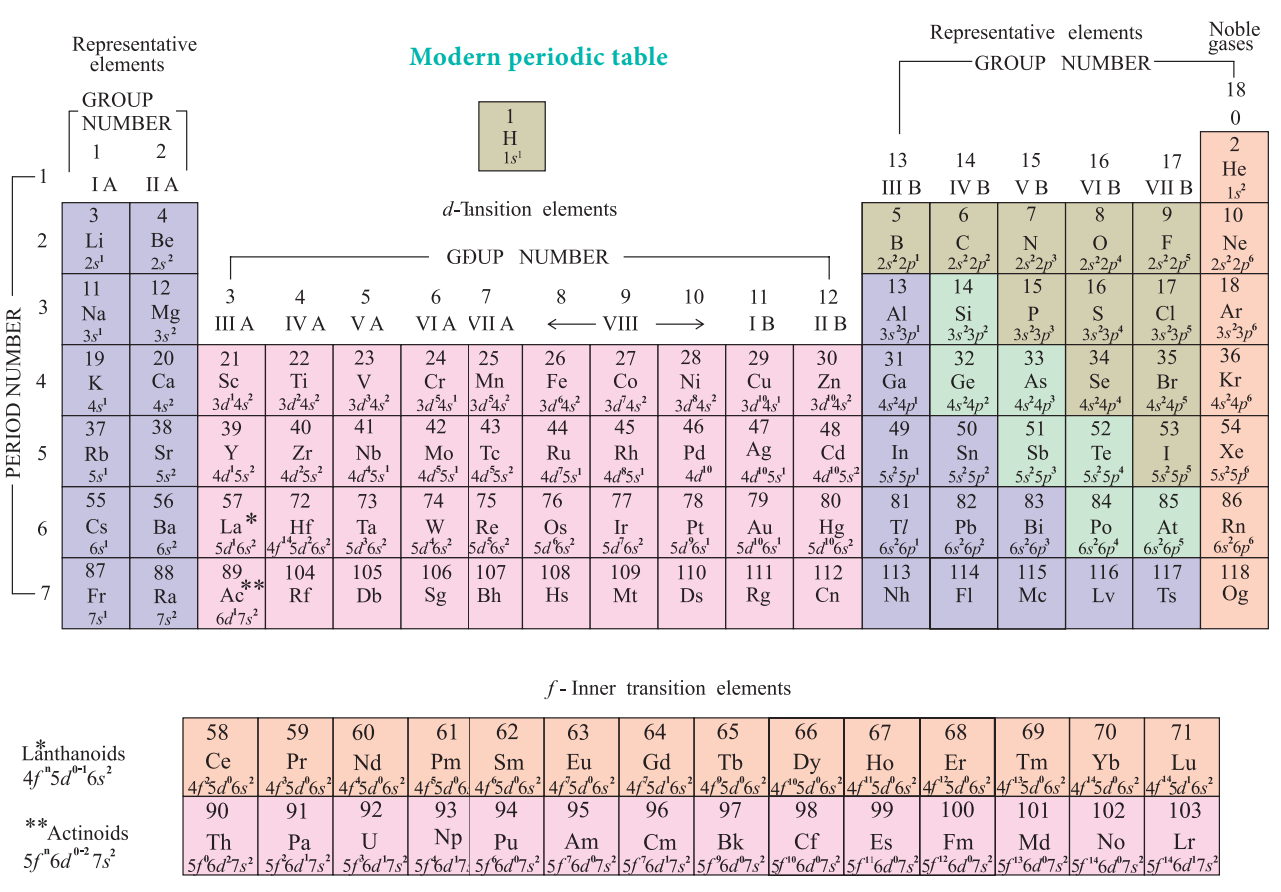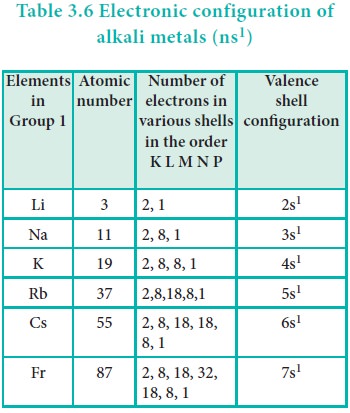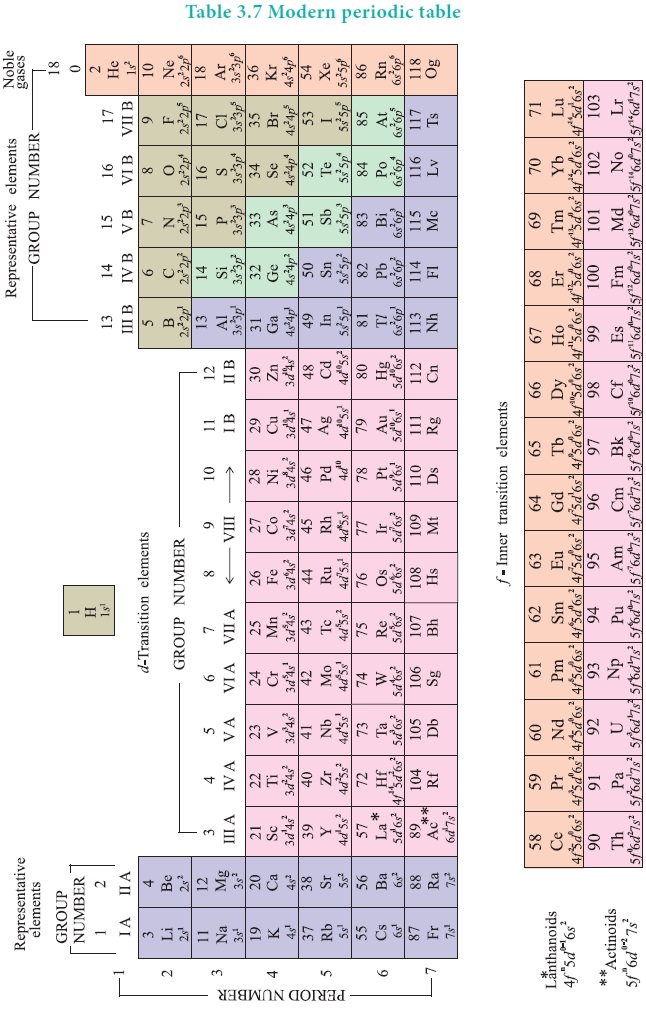Chapter: 11th Chemistry : UNIT 3 : Periodic Classification of Elements
Moseley's Work and Modern Periodic Law

Moseley's
Work and Modern Periodic Law
In 1913, Henry Moseley studied the characteristic X-rays
spectra of several elements by bombarding them with high energy electrons and
observed a linear correlation between atomic number and the frequency of X-rays
emitted which is given by the following expression.
ŌłÜŽģ =a (ZŌłÆ b)
Where, q
is the frequency of the X-rays emitted by the element with
atomic number ŌĆśZŌĆÖ; a and b are constants and have same values for all the elements.
The plot of ŌłÜŽģ against Z gives a straight line. Using this
relationship, we can determine the atomic number of an unknown (new) element
from the frequency of X-ray emitted.
Based on his work, the modern periodic law was developed
which states that, ŌĆ£the physical and chemical properties of the elements are
periodic functions of their atomic numbers.ŌĆØ Based on this law, the elements
were arranged in order of their increasing atomic numbers. This mode of
arrangement reveals an important truth that the elements with similar
properties recur after regular intervals. The repetition of physical and
chemical properties at regular intervals is called periodicity.
Modern Periodic Table
The physical and chemical properties of the elements are
correlated to the arrangement of electrons in their outermost shell (valence
shell). Different elements having similar outer shell electronic configuration
possess similar properties. For example, elements having one electron in their
valence shell s-orbital possess similar physical and chemical properties. These
elements are grouped together in the modern periodic table as first group
elements.

Similarly, all the elements are arranged in the modern
periodic table which contains 18 vertical columns and 7 horizontal rows. The
vertical columns are called groups and the horizontal rows are called periods.
Groups are numbered 1 to 18 in accordance with the IUPAC recommendation which
replaces the old numbering scheme IA to VIIA, IB to VIIB and VIII.

Each period starts with the element having general outer
electronic configuration ns1 and ends with np6. Here ŌĆśnŌĆÖ
corresponds to the period number (principal quantum number). The aufbau
principle and the electronic configuration of atoms provide a theoretical foundation
for the modern periodic table.
Related Topics